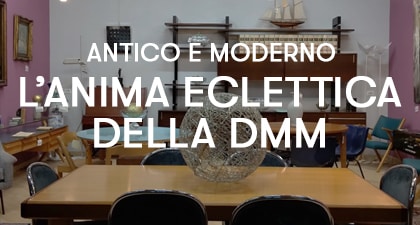
Today’s word is: inlay. We will explain what it is and what are the most famous works. Finally, a curiosity about the inlay, as usual.
What is inlay?
Inlay is an ornamental work of woods and other materials on a wooden surface. Typically the materials used have a color that gives the eye such as semi-precious stones, ivory and bone.
The history of inlay
The inlay on wood is also called put back and derives from that on marble. Until the mid-fifteenth century this process was characterized by linear and geometric designs. Ivory or bone strips were used for rather simple decorations. The inlay in this case was called “Carthusian inlay“.
With the passage of time they began to experiment with increasingly complex decorative motifs such as: architectural perspectives, groups of amphorae, coats of arms, musical, astronomical and precision instruments and much more.
The most famous works
The most flourishing period for inlays is between 1450 and 1550. In this century real masterpieces have been created.
The perspective method had a great success in Florence and for this reason it changed the decorative repertoire of the inlay. He oriented himself on geometric solids and perspective views. Antonio Manetti and Agnolo di Lazzaro made the inlay covering of the side walls of the Sacristy of the Masses in Santa Maria del Fiore, completed in 1445 after almost ten years of work. Later Benedetto and Giuliano da Maiano worked on the wardrobes of the sacristy with Scenes from the life of Christ and Prophets designed by Baldovinetti and Finiguerra.

It was the highest class to turn to the masters of perspective. Here we understand why the greatest field of application of the inlay was represented by the stalls of the choirs and the studioli. These, in fact, were symbols of an ideal reflective separateness in which the subjects represented by the inlay were suitable to meet the tastes of the cultured clients. The study that is remembered most of all is that of Federico da Montefeltro in the Palazzo Ducale of Urbino. The inlays of this were made by Baccio Pontelli between 1474 and 1476. It is hypothesized that the drawings from which the inlay was taken may be by Botticelli, Francesco di Giorgio Martini and Donato Bramante.
Over the years the repertoire of this ornamental processing became more and more elaborate. Between 1491 and 1499 Fra Sebastiano and his pupil Fra Giovanni da Verona performed the choir of Santa Maria in Organo in Verona where the inlays abandon the classic geometric repertoire to become more intricate. In the 27 upper stalls the backs of the seats are decorated at the bottom with grotesque motifs (we have already dedicated a page of our antiques dictionary to this word, you can find it here). In the upper part, however, we find inlays representing a series of arches that frame figures of saints or ideal perspective views.
The evolution of inlay
The inlay underwent a great technical evolution. The depictions became increasingly complex and refined as well as the processing techniques.
The colors of the inlay changed depending on the essence, cut and grain of the wood. These factors, in fact, varied the refraction of light on the surface. To obtain the lighter colors, the pieces were boiled while for the darker tones a red-hot iron was used.
The inlay technique, therefore, is very complicated but great jobs can be obtained. Only the most skilled were able to do such difficult work.
An example
The masters had a lot of freedom to create the decorative pattern they liked best. For this reason, each inlay is unique in its kind. In our antique gallery you can find many but today we decided to show you a small comfortable room.

It is supported by four wavy legs; The upper floor is shaped and openable. The outer surface is veneered in rosewood with Angevin yellow inlays with phytomorphic motifs intertwined with each other to form reserves. This decorative motif is reflected in other furniture typical of late Baroque Roman production.


Curiosity about inlay
The term inlay is also commonly extended to the ornamental insertion of different stones on marble. As you well know, however, this process is called salesman. If you missed the page of our antiques dictionary dedicated to the salesman click here!
To discover many other antiques decorated with the inlay technique we are waiting for you in our shops and by appointment to take a tour of our warehouses.







